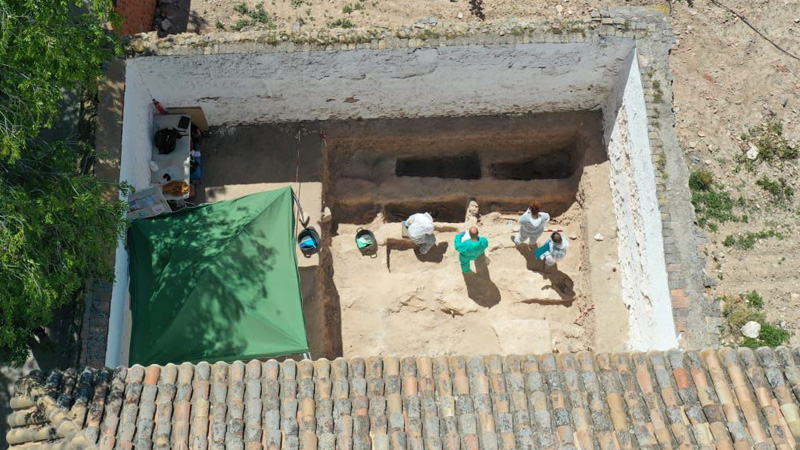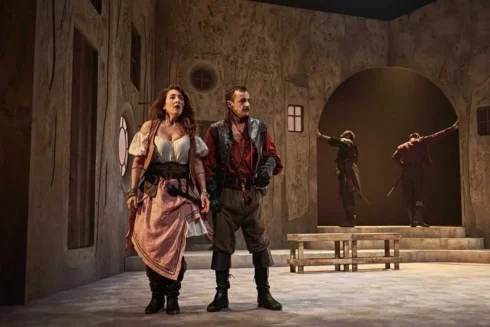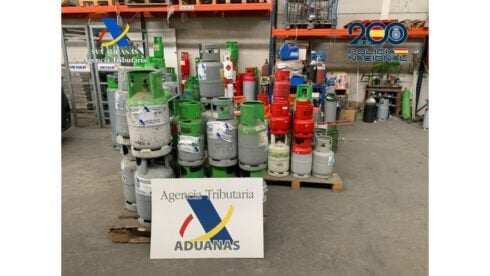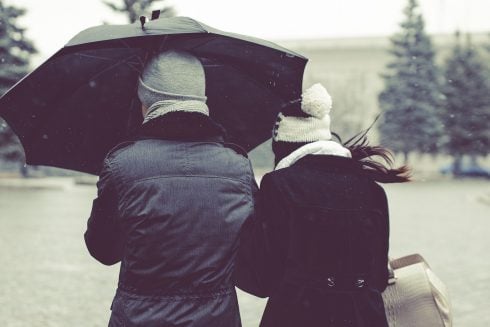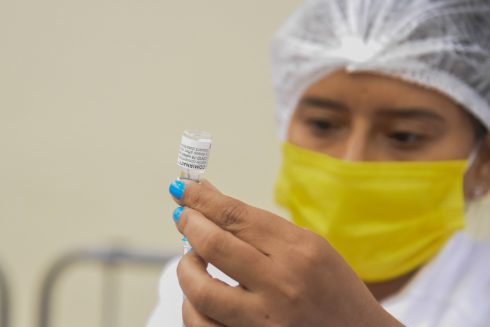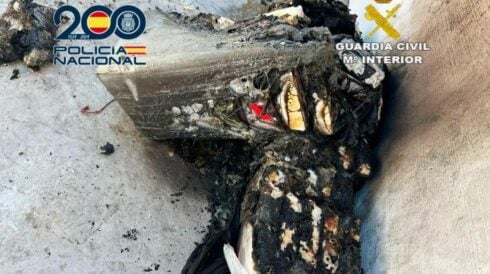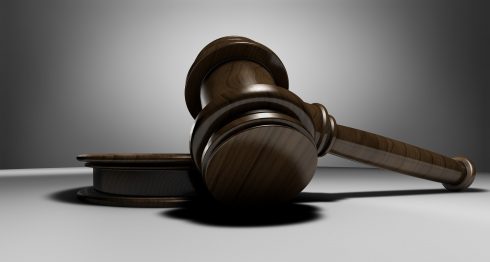A TEAM of British archaeologists have started to exhume and identify victims executed by the Franco regime after the Spanish Civil War.
Several bodies with gunshot wounds to the head, personal effects and parts of clothing have already been recovered by the experts from Cranfield University.
They are looking for 26 people thought to have been buried in the cemetery at Almagro (Castilla-La Mancha) between 1939 and 1940.
The team is working with colleagues from the University Complutense of Madrid (UCM) and social anthropologists from Mapas de Memoria (Maps of Memory).
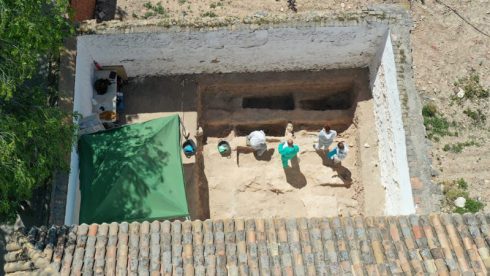
Families of victims have been found in the hope of identifying relatives through DNA analysis and returning the human remains for proper burial.
The Olive Press has previously reported on a number of excavations searching for the remains of Franco’s victims. Since 2000, over 7,000 victims have been recovered.
Dr Nicholas Marquez-Grant, from Cranfield Forensic Institute (CFI), who is leading the excavation, said: “This excavation is particularly complex due to the number of victims and subsequent burials in the cemetery during the postwar period.
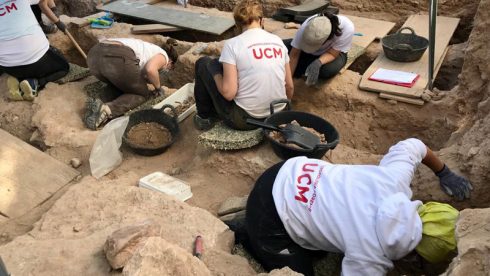
“Recovery of the bodies is carried out layer by layer and is only the start of the process to identify and bring dignity to the deceased and help to provide closure and peace to their families.”
Jose Barrios, whose great uncle – also named Jose Barrios – was executed and buried at the site, said: “When the excavation started I did not feel much but when they found the first body, I saw the skull and the feet of an individual, I thought: we are here now, we are coming to find you.”
The excavation period will last until the beginning of June and will be followed by a longer investigation involving anthropological analysis in the laboratory and DNA analysis until the end of 2021 to identify human remains recovered.
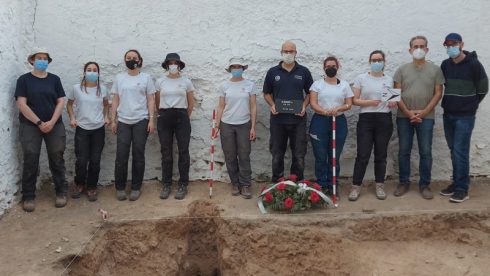
A total of 11 pits have been identified for the excavation, and several pits have more than one person in them.
Once remains are recovered, they are taken to the forensic anthropology laboratory at UCM to identify and find out the cause of death.
Genetic analysis with samples from family members and bone samples then follows and where checks are positive, family members are identified. Remains will then be passed to the families for burial or returned to the cemetery to be buried again if that isn’t possible.
Read more
- SPAIN SET TO EXHUME FRANCO VICTIMS FROM CONTROVERSIAL VALLEY OF THE FALLEN AND RETURN THEM TO RELATIVES FOR BURIAL
- NEVER FORGOTTEN: EXHUMATIONS TO FINALLY CLOSE CHAPTER ON CIVIL WAR TRAGEDY IN SPAIN’S GRANADA
- General Franco’s body will be exhumed thanks to Spain government decree being signed TODAY
Click here to read more Spain News from The Olive Press.

